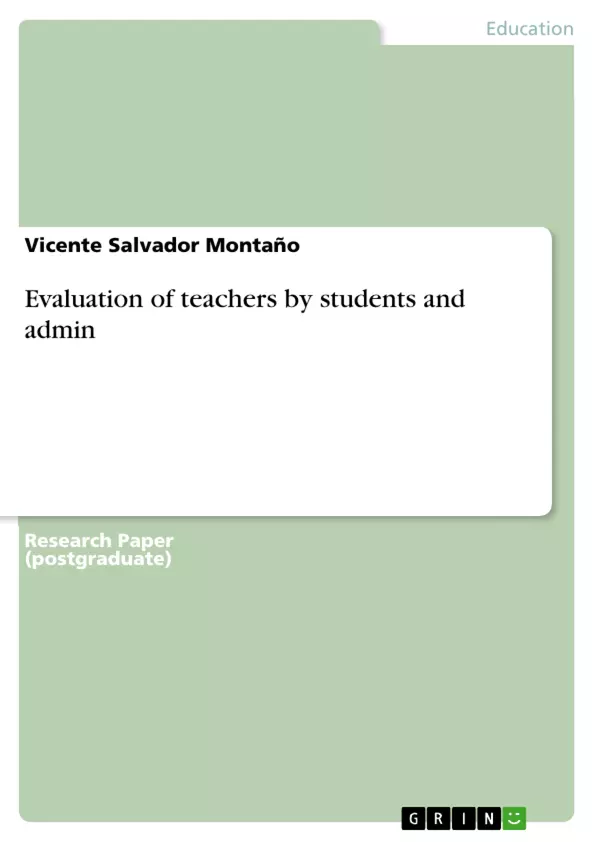Many researches study the presence of a significant cluster of faculty based on the results of student and supervisors’ evaluation. However, there are very few researches that try to determine if the profile of the faculty (sex, age, rank, length of years teaching and salary) and their ratings on Evaluation of Teachers by Students (ETS) and College Evaluation of Teachers by Administrators (CETA) significantly discriminate significant cluster.
Based on the ETS and the CETA result, this research, through the hierarchal cluster analysis, shows two (2) groups of faculty, the very good and the exceptional. The variance analysis (ANOVA) confirms that significant differences exist in the ETS and CETA ratings between two clusters. Finally, the discriminant analysis method illustrates that only the ETS rating significantly discriminate between the very good and exceptional faculty.
Frequently asked questions
What is the main topic of this document?
This document presents an analysis of faculty member evaluations at the College of Business Administration and Economics (CBAE). It explores the differences between "very good" and "exceptional" teachers based on student evaluations (ETS), administrator evaluations (CETA), and faculty profiles (age, salary, years teaching).
What is the purpose of the research?
The research aims to cluster the "exceptional" and "very good" teachers based on evaluation data. It seeks to determine the significance of various factors (ETS, CETA, age, salary, teaching experience) in distinguishing between these two groups, potentially informing policy decisions about teacher evaluation and development.
What methods are used in this study?
The study utilizes a descriptive approach. Hierarchical cluster analysis is used to identify significant groupings of faculty members. Discriminant analysis is then employed to determine which factors (ETS, CETA, demographic variables) best distinguish between the identified faculty groupings.
What are some of the key findings of this study?
The initial findings indicate that student evaluations (ETS) appear to be a significant factor in distinguishing between "very good" and "exceptional" faculty members. There are two clusters of faculty, the "Very Good" group and the "Exceptional" group, as rated by ETS and CETA.
What data is collected from faculty for this study?
The study collects age, number of years teaching and the salary levels of CBAE faculty. It also collects both student ratings and ratings from administrators.
What are some recommendations mentioned in the document?
The document recommends presenting student feedback with corresponding frequencies to allow faculty to better understand the comments. It also suggests program heads should work with faculty to identify areas for improvement, and that there should be characteristics of teaching that program heads select for faculty improvement.
What is ETS and CETA?
ETS refers to the Evaluation of Teachers by Students. CETA refers to Classroom Evaluation of Teachers by Administrators.
- Quote paper
- Vicente Salvador Montaño (Author), 2015, Evaluation of teachers by students and admin, Munich, GRIN Verlag, https://www.grin.com/document/336317



